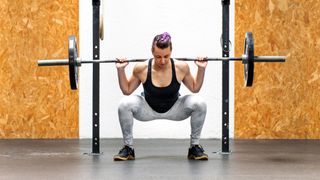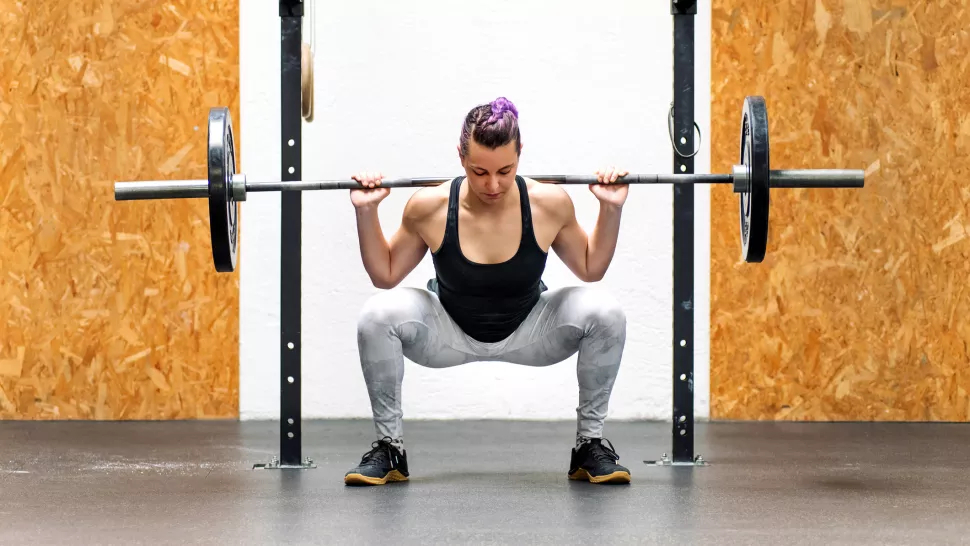The back squat is a big move with big benefits, but before you start shifting big weight make sure you’re ready with our comprehensive form guide

Everybody squats (or should squat). It’s one of the best leg exercises you can do, and the benefits extend beyond the legs. Once you graduate to the barbell squat, it becomes a full-body exercise, with your core and back muscles working to keep your body in the right position.
As a result of its many benefits, you’ll find barbell back squats on the training plan of pretty much anyone who uses weights. Bodybuilders and powerlifters, of course, but all sorts of athletes use the move to boost their strength and power and build muscle—and it should be a workout staple even if you only visit the gym once or twice a week during your lunch hour.
The squat is a compound exercise that primarily works the quads, hamstrings and glutes, while also strengthening the joints, ligaments and tendons around the knee and hips. Aside from working those muscle groups, the back squat also requires ankle stability in order to drive through the heels, core stability to maintain the weight you lift, and impressive shoulder mobility and trap activation to keep the barbell under control.
It can be a daunting move to tackle for those new to the gym, and if you’re a beginner, ensure you’ve got the movement pattern and range of motion nailed by first incorporating unweighted squats into your workouts. Then and only then should you progress to weighted variations.



